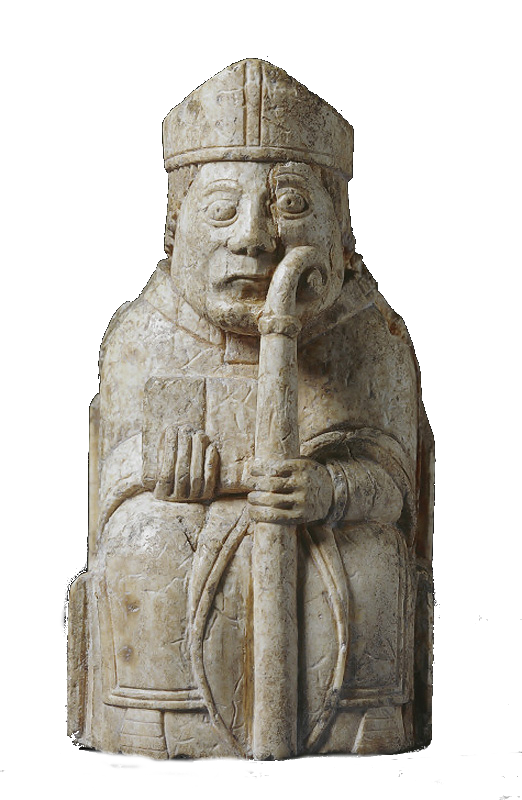Hadrian was a big fan of this sort of large, public project. Besides the aqueduct there's also Hadrian's Wall (right at the border of Rome with the Picts, in Britannia) and the temple for Venus and Roma in the city.
Although... what interested me the most in the article wasn't this sort of modern stuff, it was
the remains [in Greece] of a prehistoric settlement thought to be from the Bronze Age, roughly 2600 to 2300 B.C.
That's an interesting period of the peninsula, as it was likely already Indo-Europeanised, but not Hellenised. Proto-Greek would be a bit after that, starting around 2200 BCE; but you already had Illyrian, Messapic, Thracian, Dacian, and perhaps Phrygian. (It's kind of hard to know if they're part of the same IE branch, or if similarities between them are areal. Greek in special borrowed quite a bit from native languages.)



